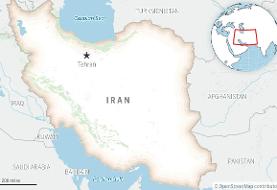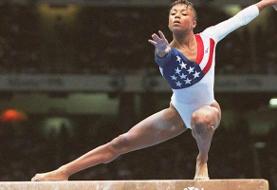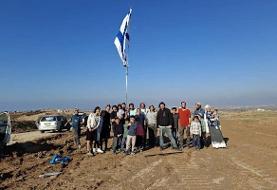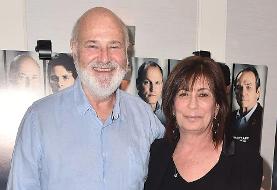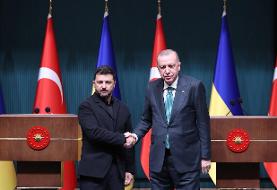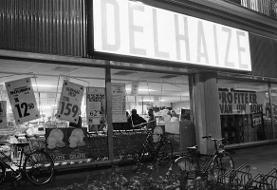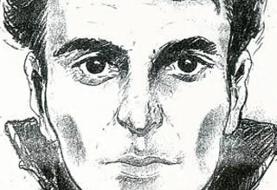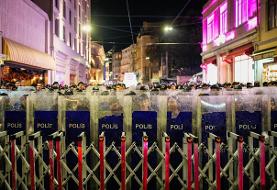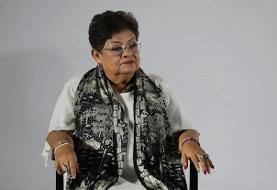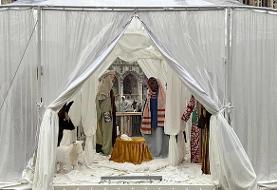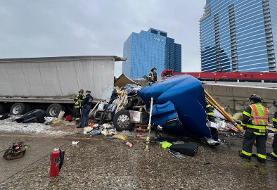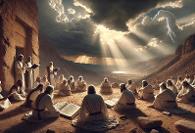The photography exhibition "After the Revolution" takes its name from the fact that the participating artists - five living in Iran, five of Iranian descent living in California - were all born around or after the 1979 Islamic Revolution.
Choosing photographers whose work they found compelling rather than trying to form a collection with an overarching theme, co-curators Meg Shiffler, director of the San Francisco Arts Commission Gallery, and Ghazaleh Hedayat of Tehran, a San Francisco Arts Institute alum, nevertheless found common ground among the disparate images - women applying makeup, men in a religious gymnasium, a Bay Area market that's a gathering place for both Islamic Persians and Iranian Jews.
"We found that the artists of the diaspora were exploring very similar concepts to what the artists in Tehran were exploring, centering around the notion of public versus private - public and private environments, public and private identities," Shiffler says. "How we know people, how people understand themselves."
They found the photographers were drawn to exploring the balancing act involved in life in two worlds. "To be an Iranian American means to hold onto your heritage, but to be part of contemporary American society. In Iran, it's a little bit of the flip side - to be Iranian is a given, but then also to participate in contemporary culture as much as possible, through the Internet, through shared resources, literature, fashion, music, movies and art."
Iranian-born local photographer Shadi Yousefian says of her work, "When I first moved to the U.S., I experienced an identity crisis that I believe most immigrants experience. I hand-printed these self-portraits from negative collages that I created by cutting and pasting fragments of different negatives. In addition, I have altered the surface of the final negative to add texture and, using a knife, created the lines and the window shape in the piece. Through the window, there is another Shadi looking out, which symbolizes the duality that I experience. The use of fragments of different negatives conveys the idea of fragmentation of identity."
Photos by Mahboube Karamli of Tehran feature teenage girls and young women, sitting on their beds and looking at the camera - images that, for religious and social reasons, can't be seen in Iran.
"If you didn't know they were in Tehran you would assume they were in the U.S.," Shiffler says. "One of them is smoking a cigarette, and she's got her telephone on the bed next to her. There are two girls sitting on beds with 'Harry Potter' bedspreads. These are contemporary young women that we're seeing in the place where they're most comfortable. Karamli talks about what your room means in Tehran - it's the place where you can retreat and truly be yourself with your other girlfriends."
Free
Contact the organizer for latest event info. Kodoom.com is not responsible for any changes made in the above information. Report or Flag this event



